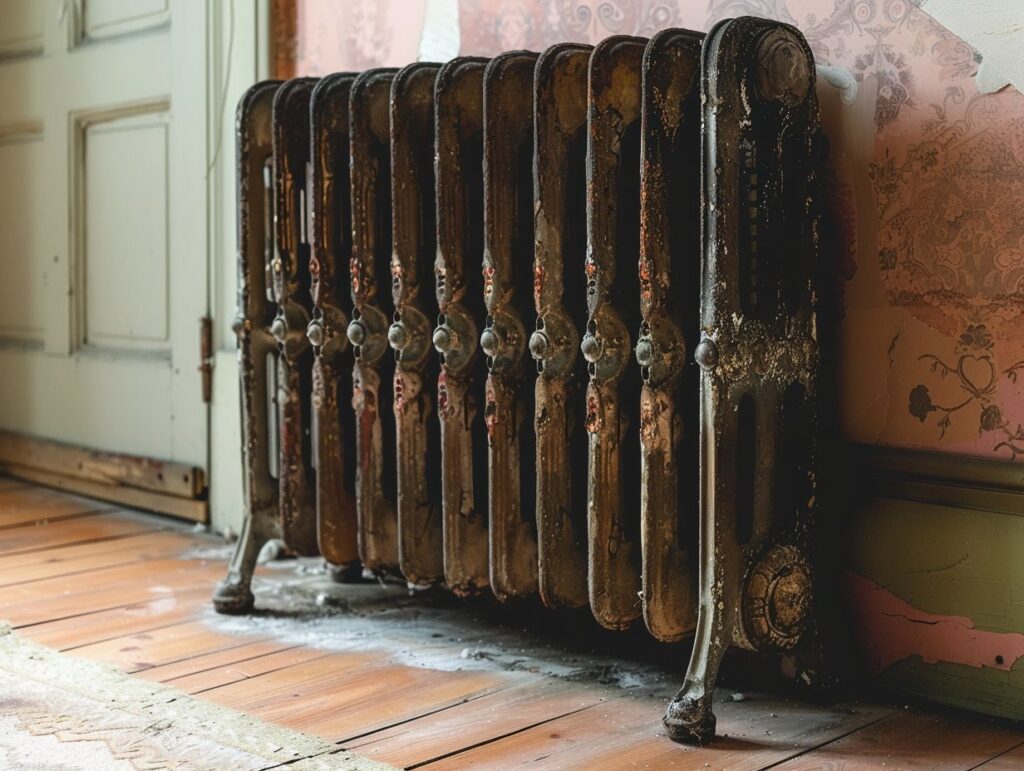If you are considering adding a fresh coat of paint to your Type 11 radiators but are unsure if it’s possible, this article will explore the features and benefits of Type 11 radiators, discuss whether they can be painted, provide steps for painting them, and offer tips for maintaining the painted finish.
Whether you aim to update the appearance of your radiators or simply maintain their current look, this article will guide you through the process. Let’s begin the exploration!
Key Takeaways:
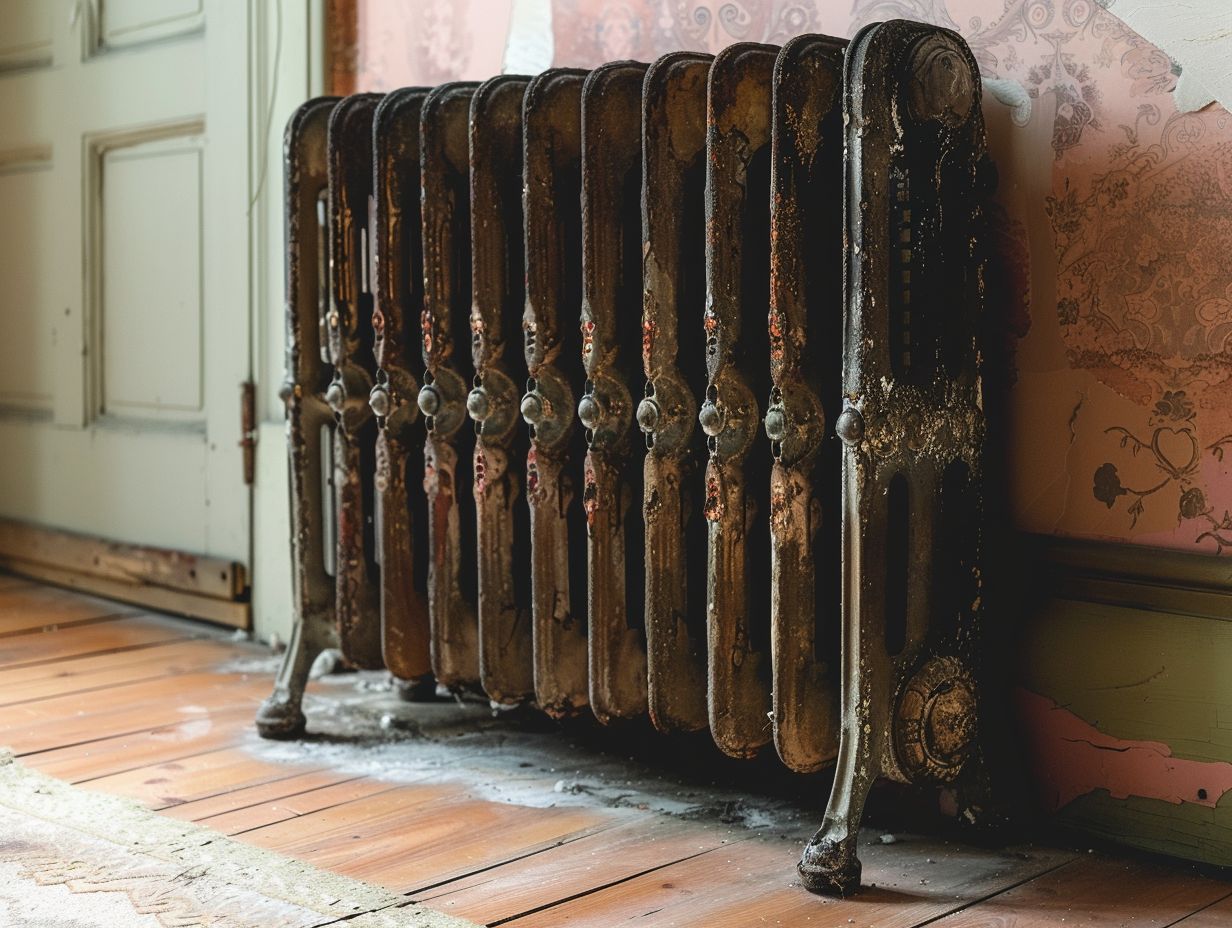
- Type 11 radiators can be painted, but careful consideration of factors such as radiator material, temperature, and type of paint is necessary for a successful and long-lasting result.
- Proper preparation and painting techniques are essential for achieving a smooth and durable finish on type 11 radiators. This includes thorough cleaning, priming, and using heat-resistant paint.
- Maintaining painted type 11 radiators requires regular cleaning and avoiding harsh chemicals or abrasive materials. Following best practices, such as using a soft cloth and mild soap, can help preserve the paint and extend the radiator’s lifespan.
Can Type 11 radiators can be painted?
Yes, Type 11 Radiators can be painted. It is important to use a suitable radiator paint and follow the manufacturer’s guidelines for the best results.
When considering painting Type 11 Radiators to match your decor, you’ll be pleased to know that it is indeed possible with the right paints and techniques. To ensure a successful outcome, it’s essential to select appropriate paints and follow proper procedures.
When painting Type 11 Radiators, the choice of paint is critical. It is recommended to use high-quality radiator paint specifically formulated for metal surfaces to achieve both durability and a smooth finish. Popular options include heat-resistant spray paints or enamel paints that have excellent adhesion to metal.
Ahead of painting, thorough cleaning of the radiator is necessary, along with sanding any rough areas to ensure proper adhesion of the paint. Additionally, it is advisable to consider applying a metal primer before the final coat to achieve a professional and long-lasting finish.
Regarding colours, the options are limitless. Whether you prefer classic whites and neutrals or bold statement hues, you have the opportunity to personalise your radiator to perfectly complement your space.
Factors to Consider
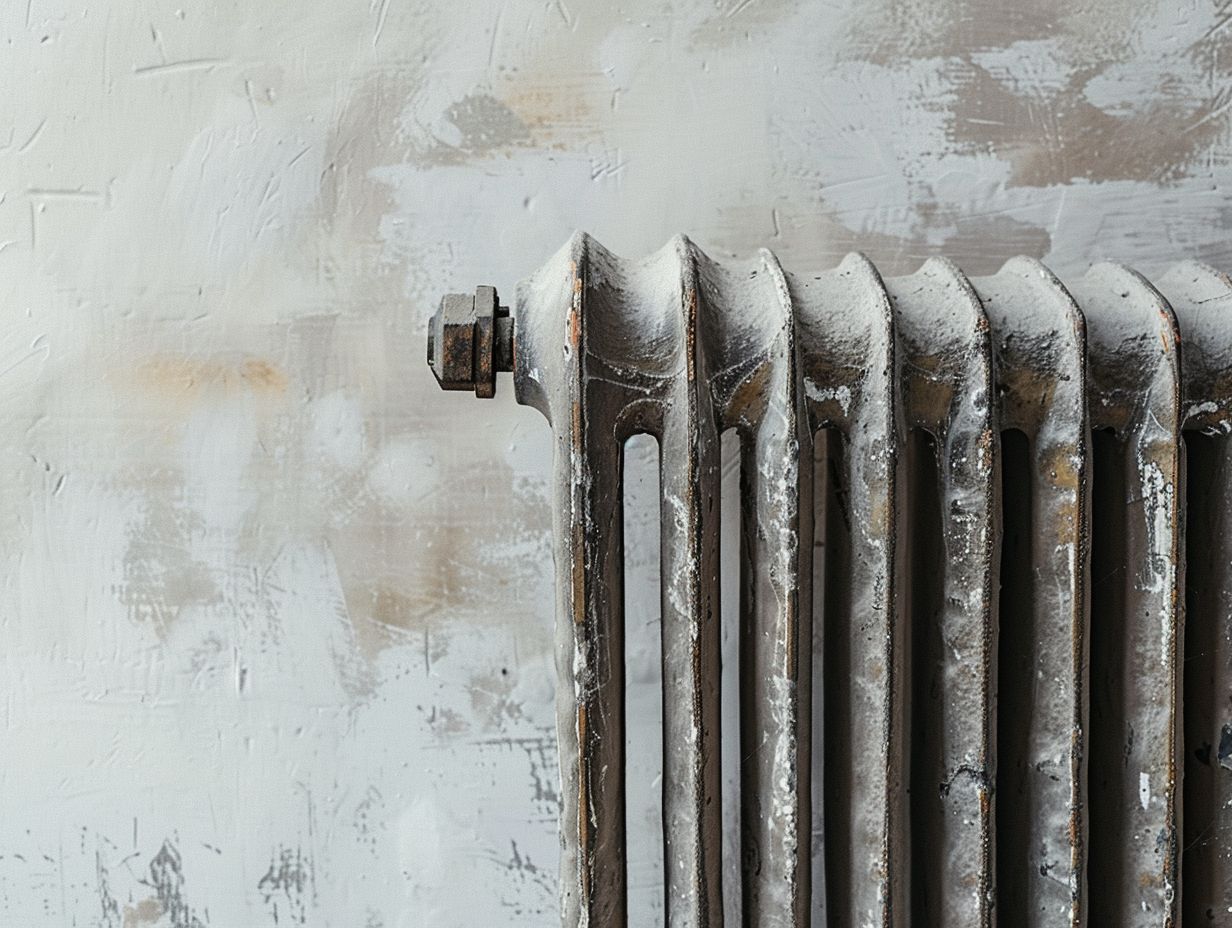
When you are considering painting Type 11 Radiators, there are several factors that you should take into account. These factors include the implications for the warranty, the cost associated with painting, the materials suitable for the task, and the potential impact on the BTU output.
It is crucial to carefully consider warranty implications before painting, as it is possible that painting the radiator could void its original warranty. This requires a thorough assessment of the balance between aesthetics and warranty coverage.
Cost considerations involve not only the price of the paint but also the labour costs associated with the painting process. Choosing appropriate materials is vital to ensure that the paint adheres properly and can withstand the operating conditions of the radiator.
The type of paint selected can influence the radiator’s heat output by changing its thermal conductivity, which could potentially affect the BTU efficiency.
Steps for Painting Type 11 Radiators
Painting Type 11 Radiators involves several steps, starting with thorough preparation, ensuring proper installation, and utilising essential tools like radiator valves and keys for efficient painting. Before painting, you should clean the radiator surface thoroughly to remove any dust, dirt, or grease that could affect paint adhesion.
It is important to mask off surrounding areas using painter’s tape and protective sheeting to prevent overspray and accidental spills. When selecting the paint, it is recommended to choose a high-quality heat-resistant option to ensure durability.
Use a suitable brush or roller to apply the paint evenly, working from the top down. Each coat should be allowed to dry fully before applying additional layers for a professional finish.
Preparation and Techniques
When preparing to paint Type 11 Radiators, it is important to ensure that the room temperature is conducive to the task. You should utilise radiator valves to regulate the distribution of heat and consider the use of heating elements for efficient painting.
For an optimal painting process, it is crucial to allow the radiators to cool down completely before commencing. This step ensures that the surface is devoid of any residual heat that could potentially disrupt the paint application.
Additionally, it is imperative to thoroughly clean the radiators to eliminate any dust, grime, or grease that may impact paint adhesion. Selecting the appropriate type of paint suitable for high-temperature environments is also essential in achieving a durable finish on the radiator.
Maintaining proper ventilation in the room is necessary to facilitate the dissipation of fumes and assist in the drying process.
Tips for Maintaining Painted Type 11 Radiators
Effective maintenance of your painted Type 11 Radiators requires regular checks on the radiator valves, careful selection of appropriate cleaning materials, and prompt attention to any paint issues.
Regular inspection of your radiator valves is essential to ensure proper functionality and to detect any leaks early, helping to prevent potential damage.
When cleaning your radiator, it is recommended to use non-abrasive materials like microfibre cloths or soft sponges to avoid scratching or stripping the paint.
Implementing proactive measures such as using radiator covers or shields can help protect the paint from accidental damage, extending the lifespan of the radiator’s finish.
Best Practices for Longevity
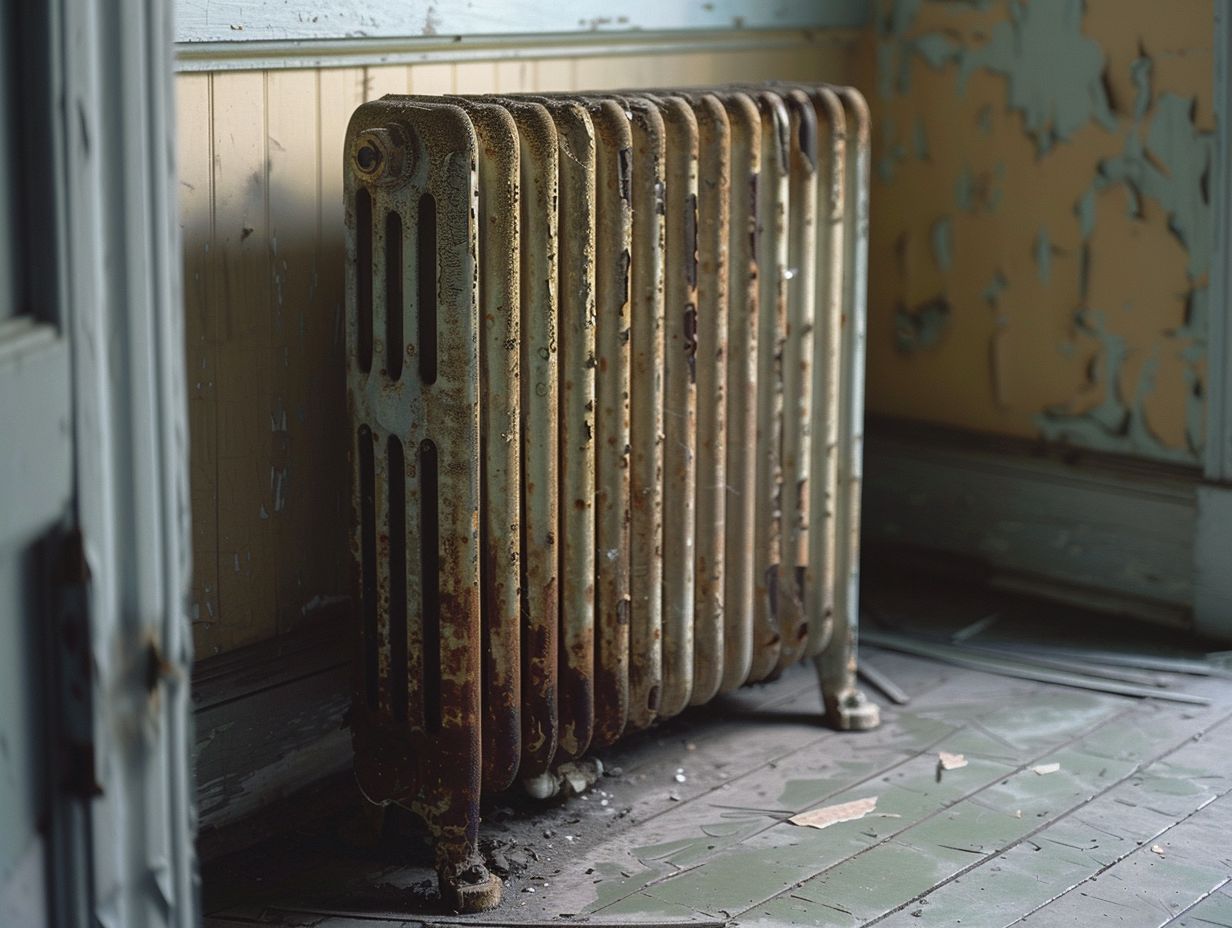
To ensure the longevity of your Type 11 Radiators, it is advisable to consider power sources such as electric or central heating systems. Follow proper maintenance procedures and address any heating issues promptly to optimise the performance of the radiator.
Electric radiators are recognised for their energy efficiency and reliability, making them a favoured choice for numerous households. Regularly monitoring the thermostat settings and ensuring adequate insulation around the radiators are essential in maintaining a consistent heat output.
When troubleshooting, begin by bleeding the radiators to release any trapped air, which can often lead to cold spots. Examination for leaks or corrosion in the radiator system is crucial to prevent further damage and guarantee its durability.
Frequently Asked Questions
Can Type 11 Radiators Be Painted?
Yes, Type 11 radiators can be painted to match your desired colour scheme or to freshen up the look of your room.
What type of paint should I use to paint my Type 11 radiator?
It is recommended to use a water-based acrylic paint specifically designed for radiators. This type of paint is heat resistant and will provide long-lasting results.
Do I need to prepare the radiator before painting?
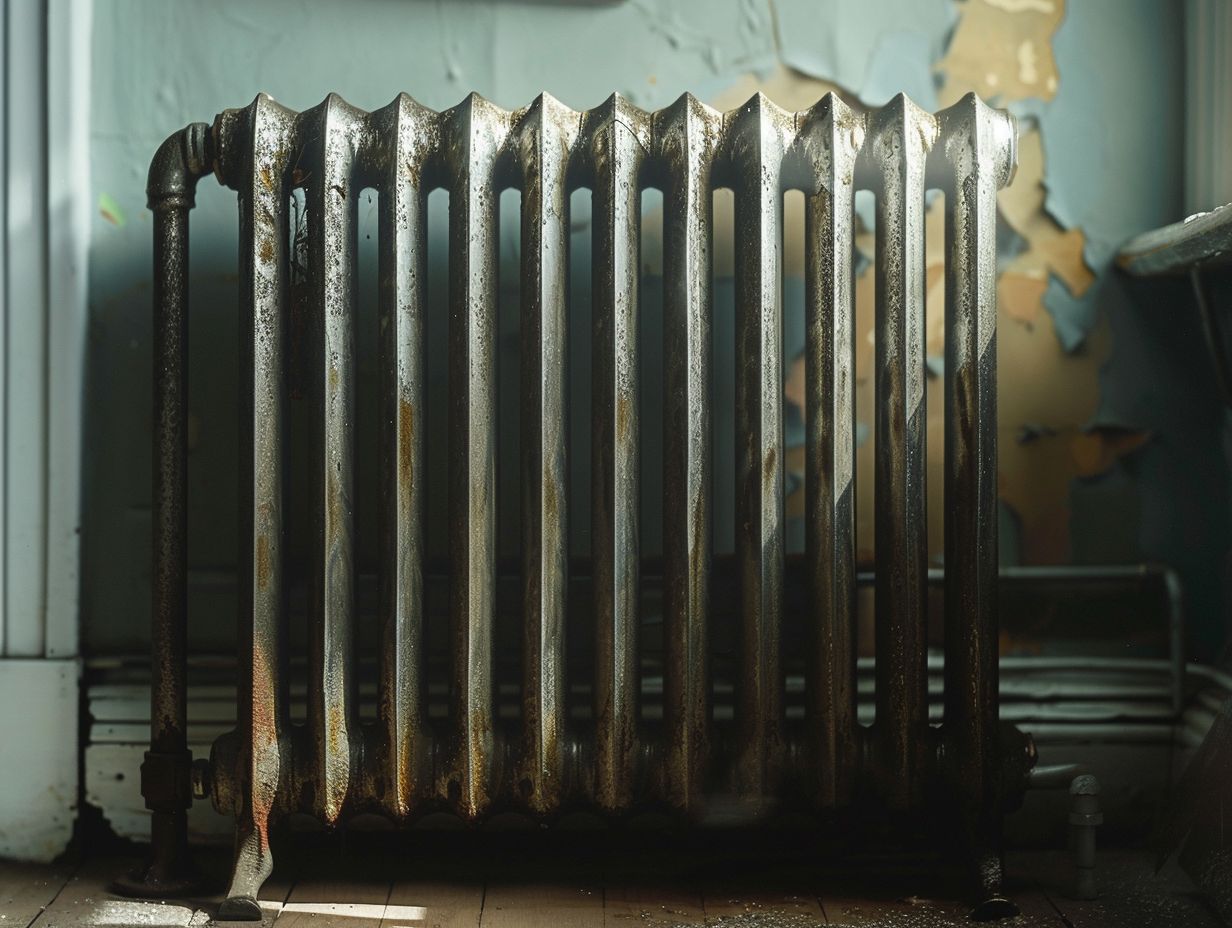
Yes, it is important to properly prepare the radiator before painting. This includes cleaning off any dust or debris, sanding down any rough areas, and applying a primer to ensure the paint adheres well.
Can I paint my Type 11 radiator while it is still attached to the wall?
It is recommended to remove the radiator from the wall before painting for easier and more thorough coverage. However, if removing it is not possible, you can still paint it while attached, but it may require some extra effort and time.
How many coats of paint should I apply to my Type 11 radiator?
It is recommended to apply at least two coats of paint to ensure even coverage and a smooth finish. However, you may need to apply more coats if the original colour is dark or if you want the new colour to be more vibrant.
Will painting my Type 11 radiator affect its performance?
No, painting your radiator should not affect its performance as long as the paint is heat resistant and properly applied. It is important to avoid getting paint on the fins or internal components of the radiator, as this could impede its ability to heat a room effectively.

